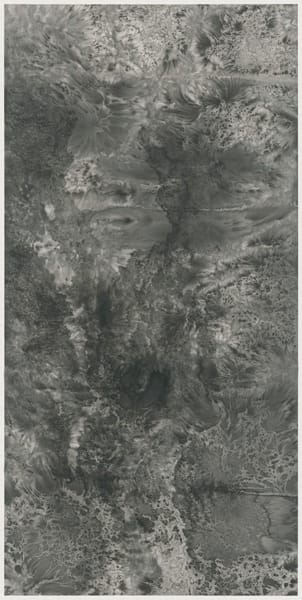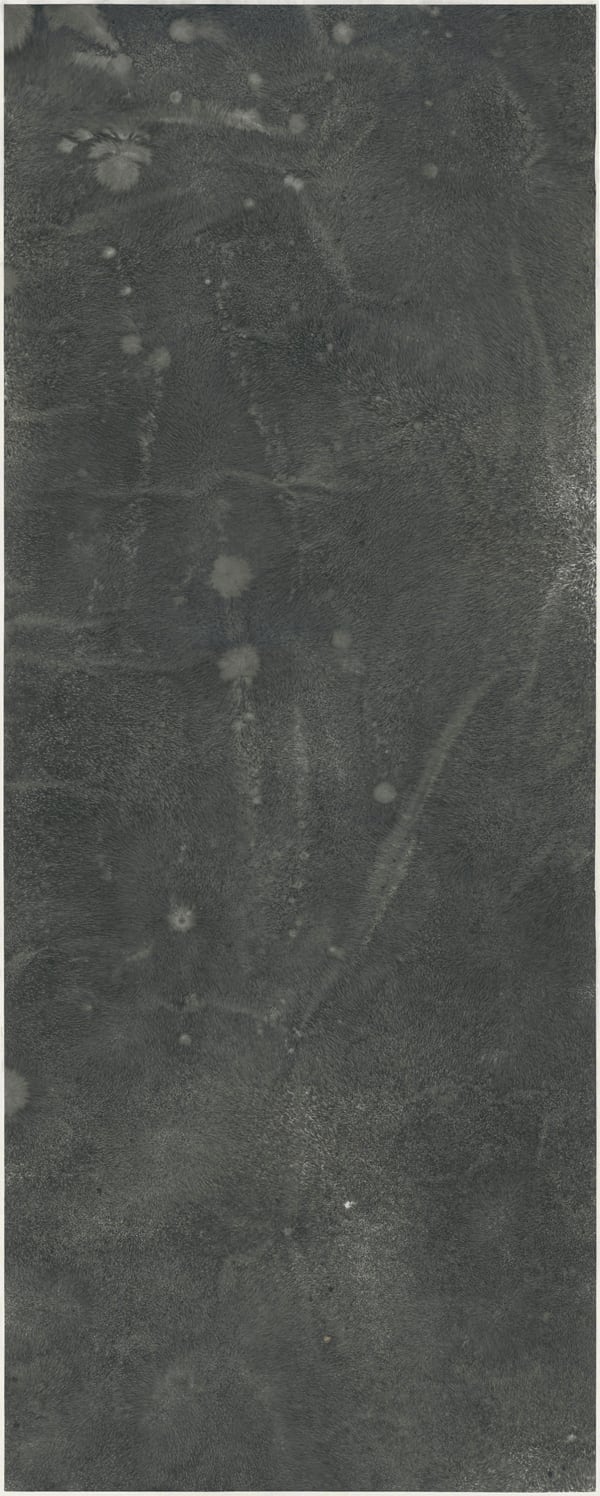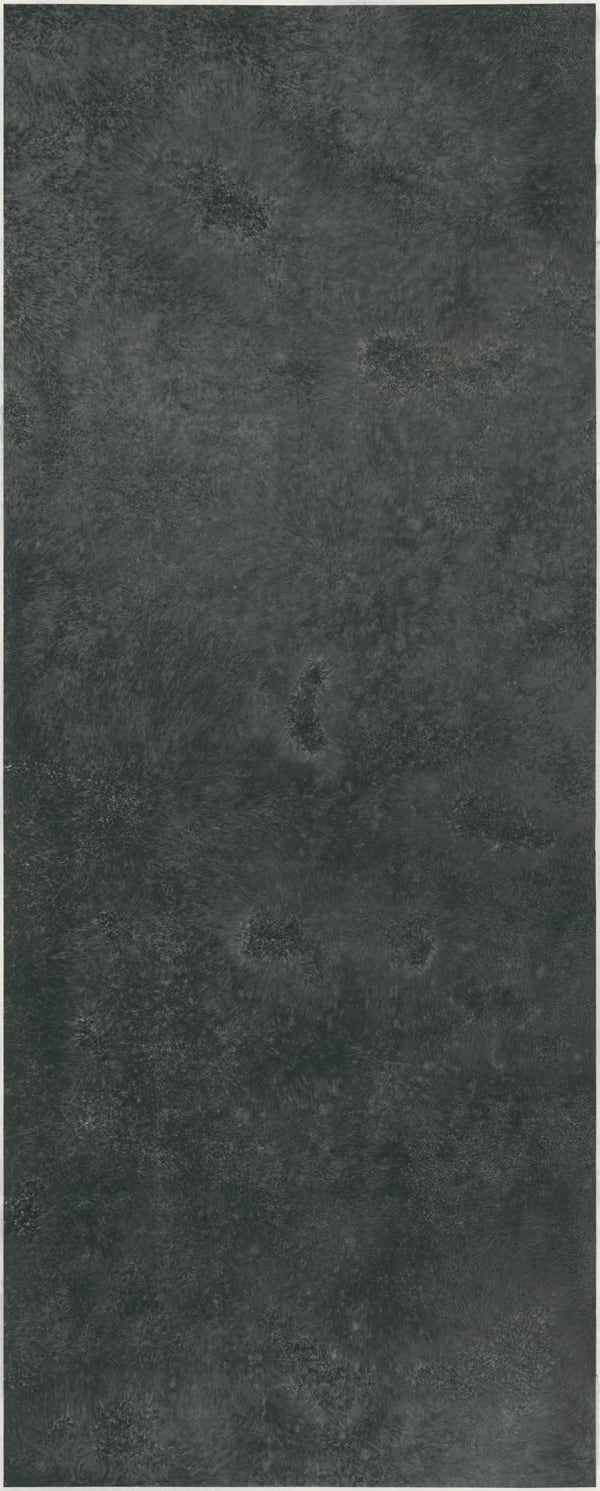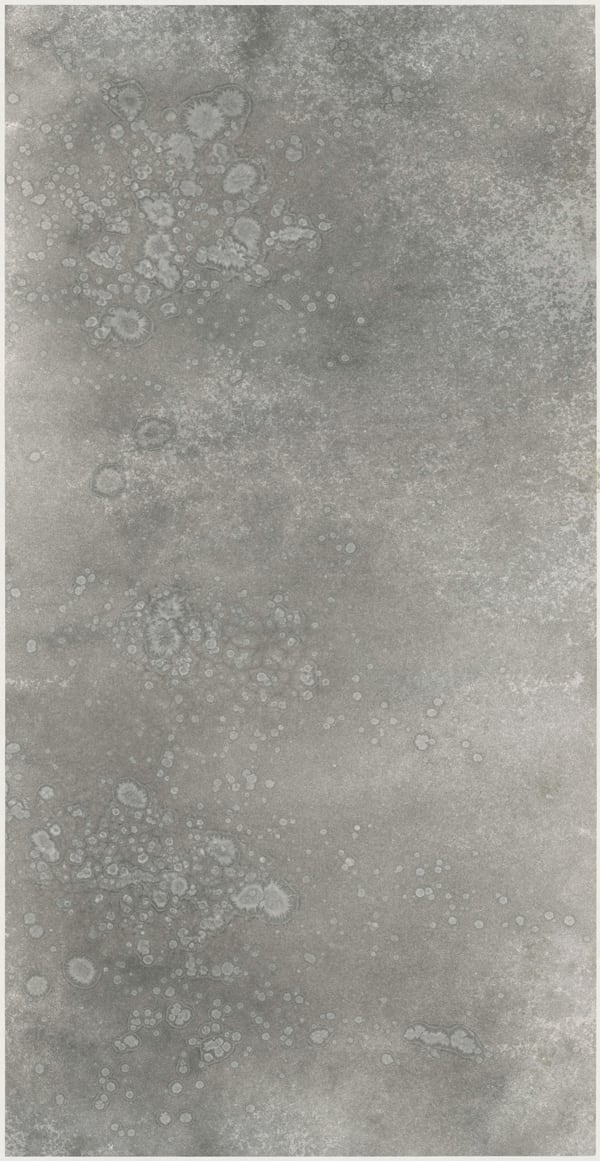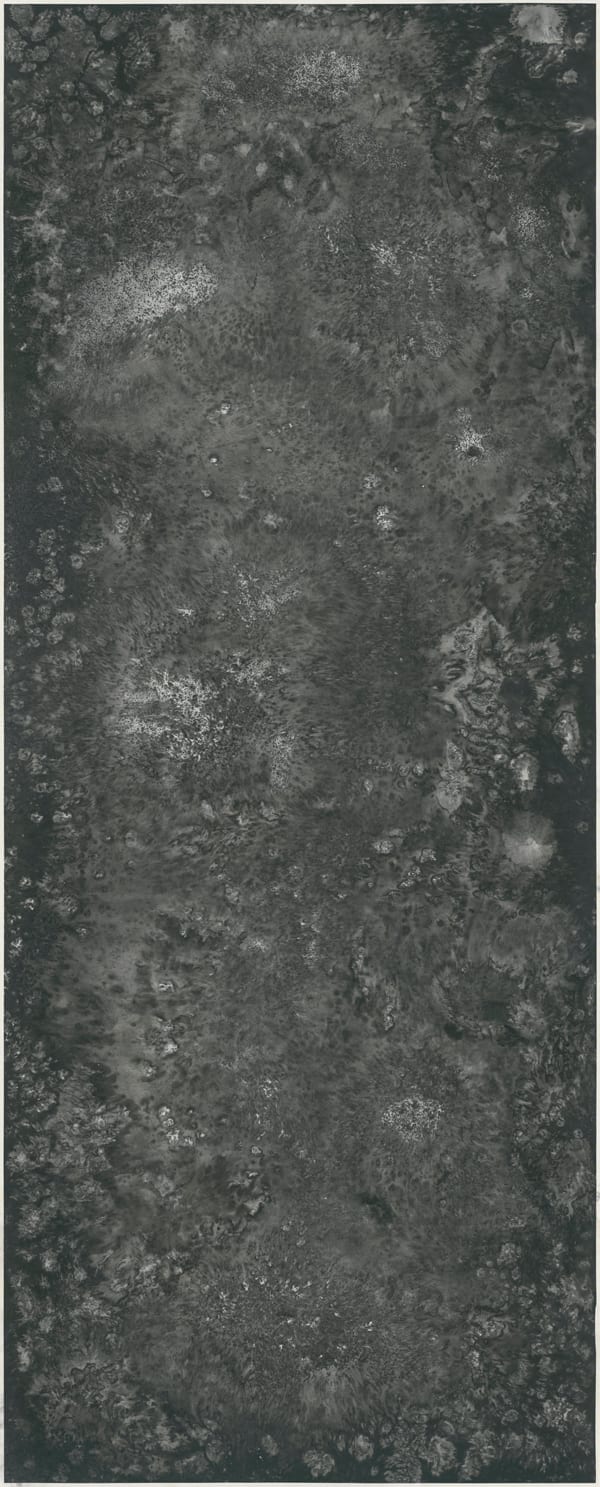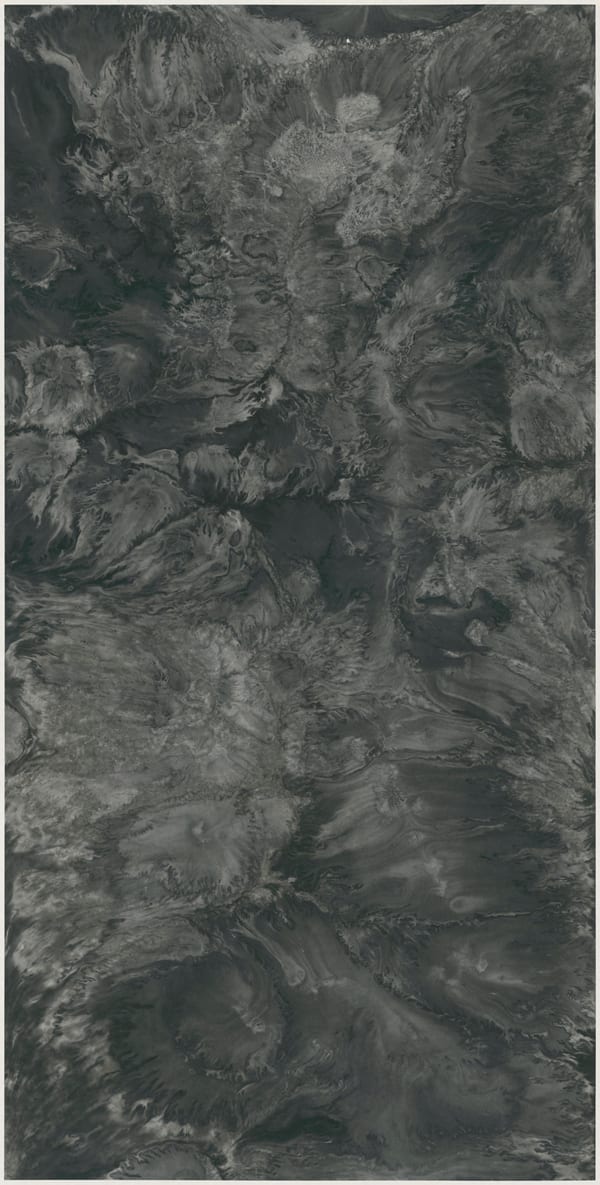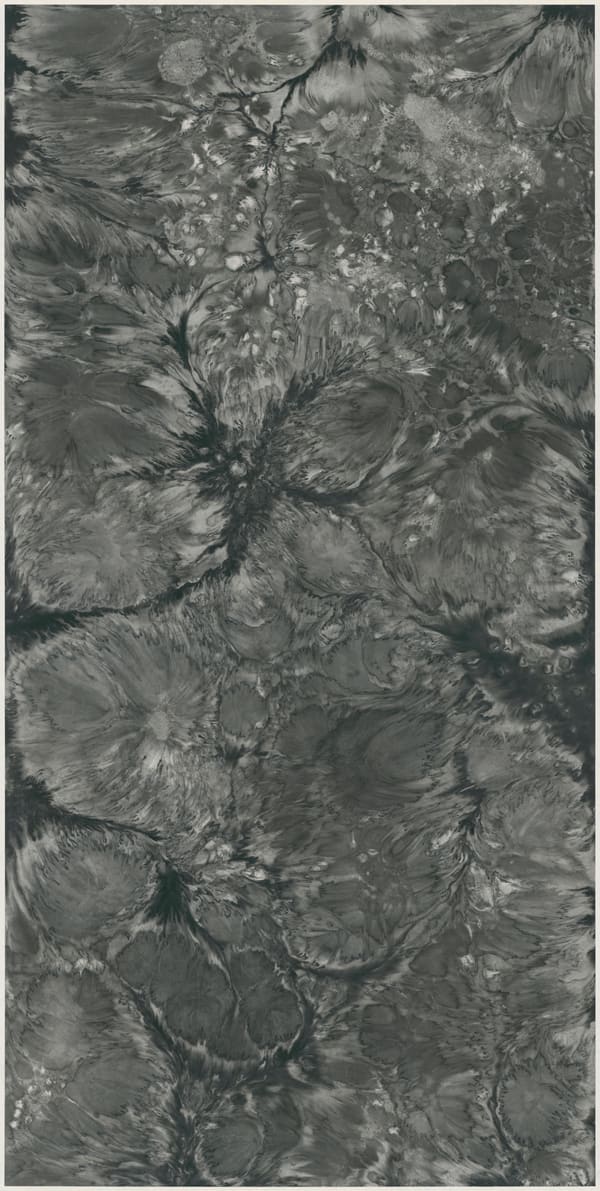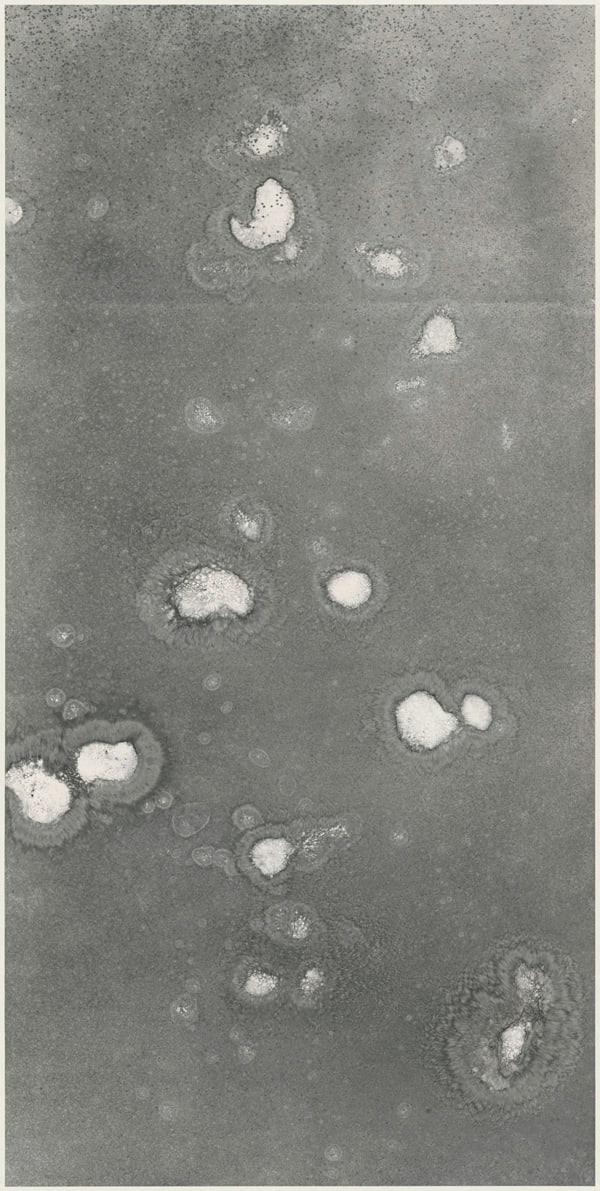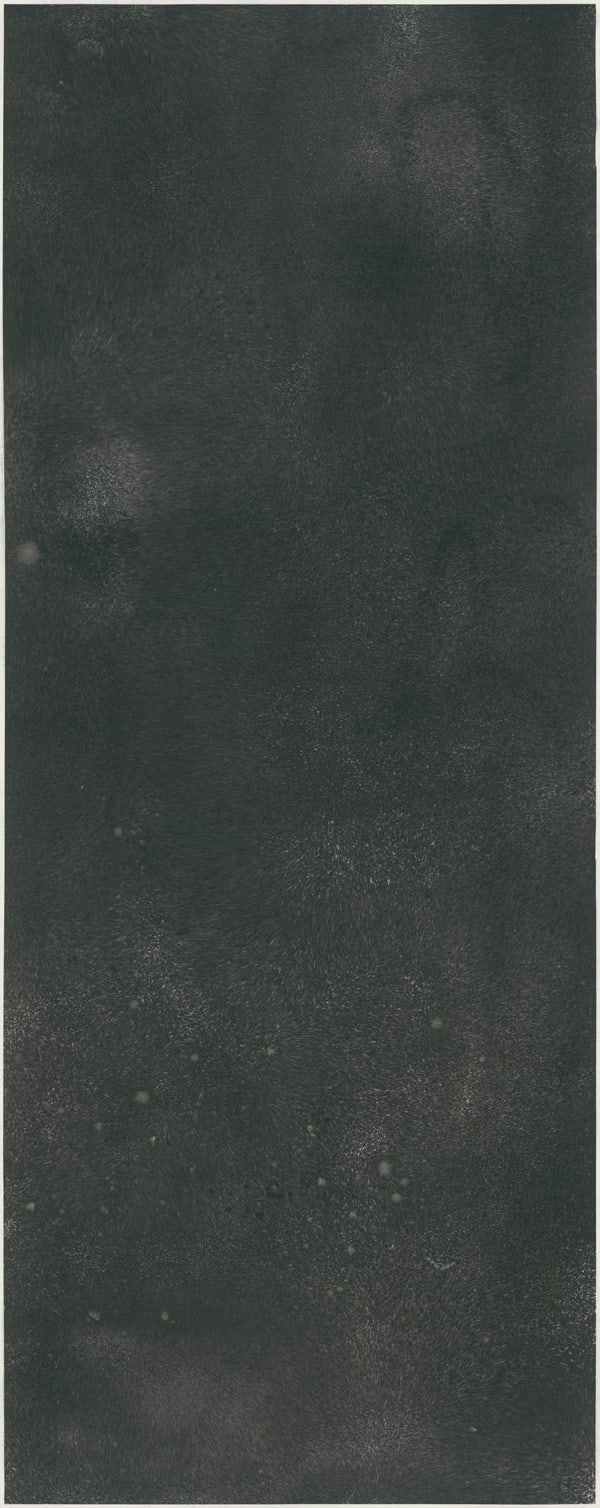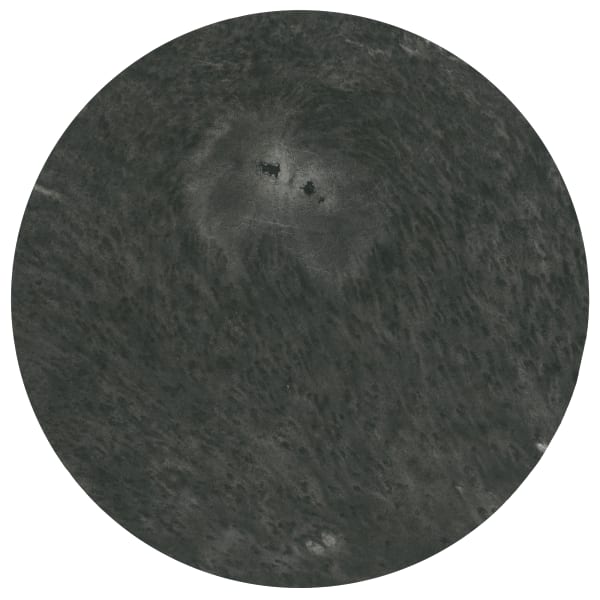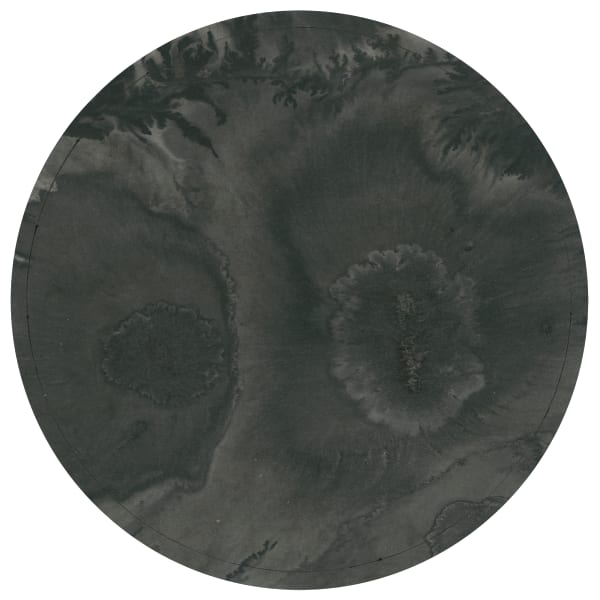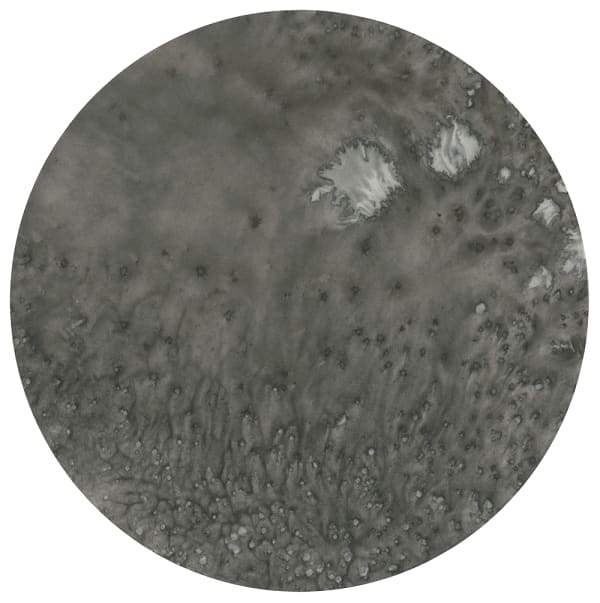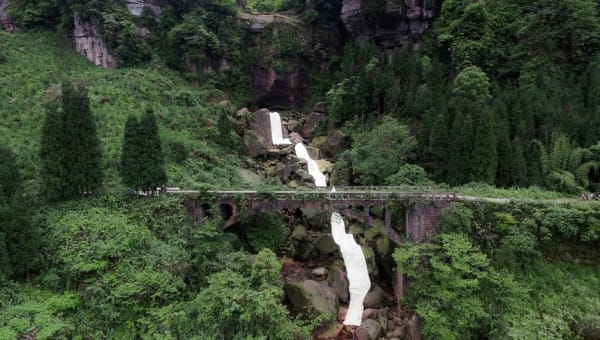Impossible Landscapes: Bingyi
Past exhibition
Overview
INK studio is honored to present Bingyi’s second solo exhibition at our Beijing gallery Bingyi: Impossible Landscapes. An artist, architectural designer, curator, cultural critic, and social activist, Bingyi (b. Beijing) has developed a multi-faceted practice that encompasses land and environmental art, site-specific architectural installation, musical and literary composition, ink painting, performance art, and filmmaking. Adopting a non-anthropocentric perspective and channeling nature’s creative agency, her work is centrally concerned with the themes of ecology, ruins, rebirth, and poetic imagination. After pursuing university-level studies in biomedical and electronic engineering in the United States, Bingyi earned a Ph.D. in Art History and Archeology from Yale University in 2005 with a dissertation on the art of the Han Dynasty.
The last three years have been an intensely productive and transformative period for the artist. During this time, Bingyi has written, directed and edited Ruins—a trilogy of art films on the destruction of the hutongs in Beijing—composed a film script for Ruins in the form of a 1600-line epic poem in Han rhapsody form which was published in Huacheng—China’s leading journal for experimental literature—authored a new theoretical treatise on the landscape painting discourse in China, Shanshuilun, completed Emei Waterfall, the fifth of her massive land-and-weather earth works at sacred mountain sites in China, and created two entirely new series of ink paintings entitled respectively the Archaeology of Waves and Impossible Landscapes.
Sacred Mountains
For her latest massive land-and-weather earthwork, Emei Waterfall, Bingyi’s moved her studio during the summer of 2018 to this sacred Buddhist mountain site in Sichuan Province. After studying the topology, temperature, humidity, rainfall and convection currents of various locations she selected two sites. One site, a dry cascade, she chose to investigate the movement of water. The other site, a mountain road, she used to engage the local terrain. In her first performance, she covered the dry cascade with roughly two-hundred meters of white canvas and used ink diluted with alcohol to record the path of water down the natural, vertical topology. In her second performance, Bingyi covered the mountain road with massive, bespoke sheets of xuan paper and then, over the course of several days, applied layers of ink, water, and an undisclosed third material.Factors such as gravity, wind direction, evaporation, humidity, air pressure, condensation, rain, sunlight, and the topography of the land together shaped the interaction of these natural materials.
Transformations: the Archaeology of Waves
In Bingyi’s Archaeology of Waves series, she uses ink’s “dark light” to explore notions of non-linear or cyclic time in the dynamic systems that constitute our new scientific understanding of being. In this new understanding, all existences that exhibit order are systems sustained by a positive influx of energy and matter characterized by constant (dynamic) change and (nonlinear) feedback both positive and negative. Such systems are typically nested networks—systems within systems or as Bingyi describes them “dreams within dreams”. Each embedded system operates in a cycle in what Bingyi calls a boxiang or “wave-image.” Each “wave-image” moves according to its own characteristic time signature or frequency giving rise to its own “sound.” According to this understanding, our physical bodies consist of nested physiological systems within systems, each system consisting of networks of cells, each cell sustained by auto-catalytic, metabolic chemical cycles all regulated by networks of gene “circuits.” The “sound” or signature time cycle of these systems we experience as our heartbeat and our breath. Even our thoughts, feelings, emotions, memories and imagination are the epiphenomena of neurological networks working in cycles of various frequencies. In this view, the world around us and the world within us, the world of matter and the world of consciousness are not separate things but in fact one set of interconnect, nested existences—wanwu—all cycling together in a symphony (or cacophony) of “sounds.”
Creating Realities: Impossible Landscapes
In her latest series of classical landscapes entitled Impossible Landscapes, Bingyi employs traditional brush and ink on silk or xuan paper. Bingyi explores the underlying paradoxes and dialectics that animate her interpretation of landscape painting such as the relationship between painting a painting, viewing a painting and living; landscape as subjective projection versus objective reality; landscape as metaphor both for nature and for culture; painting as both creation and death, self-awareness or absorption into the infinite, observing the macrocosm in the microcosm and the microcosm in the macrocosm, aesthetic experience as philosophical understanding, intimacy versus alienation as the basis for knowledge.
In her latest series of classical landscapes entitled Impossible Landscapes, Bingyi employs traditional brush and ink on silk or xuan paper. Bingyi explores the underlying paradoxes and dialectics that animate her interpretation of landscape painting such as the relationship between painting a painting, viewing a painting and living; landscape as subjective projection versus objective reality; landscape as metaphor both for nature and for culture; painting as both creation and death, self-awareness or absorption into the infinite, observing the macrocosm in the microcosm and the microcosm in the macrocosm, aesthetic experience as philosophical understanding, intimacy versus alienation as the basis for knowledge.
In her Shanshuilun or Landscape Treatise these ideas take the form of theoretical writings. In a series of nine handscrolls entitled Lianchao or “The Lotus Dynasty,”however, Bingyi’s theories are given literary and painterly form. The Lotus Dynasty is a figment of Bingyi’s imagination—a utopian society that exists in a slip of time after the Southern Song, where wars are fought not with weapons but with poetry, where rivers flow with fragrance instead of water and where the capital city contains no palace buildings but only mountains and streams filled with music. Each scroll transforms a poetic image from her fictional utopia—a gnarled prunus made up of the organs of the artist, a scholars rock in the form of a lingo jade, a mountain forest filled with music and fragrance—into a painted image, an Impossible Landscape. Assuming the voice of the emperor, a philosopher, a poet and a historian in her counterfactual utopia, Bingyi authored all of the texts—from the emperor’s edicts to the Kuangjing or “Sutra of Madness”—that are inscribed on the paintings. Painting for Bingyi is thus a unity of visual and literary arts. As in her Fairies series of poetic subjects painted in the fan format, Bingyi’s Lotus Dynasty handscrolls employ her fine-line xieyi or “calligraphically expressive” brushwork drawn from her dailyxiaokai or “small regular” sutra writing practice. Through her hypnotic, obsessive endurance and execution both painstaking and nuanced, one senses the original power of poetry, painting and calligraphy together to limn a utopian reality from the tip of a brush.
A Thousand Mountains in One Particle of Dust
Impossible Landscapes concludes with a monumental tour-de-force—a five meter horizontal scroll entitled Yichen Qianshan or “A Thousand Mountains in One Particle of Dust.” Comparable in scale and scope to to Bingyi’s monumental handscroll Apocalypse from 2015, Bingyi visually unpacks the “impossible” notion of the infinitude of all things and beings—wanwu—contained within a single, particular existence—a speck of dust.
Impossible Landscapes concludes with a monumental tour-de-force—a five meter horizontal scroll entitled Yichen Qianshan or “A Thousand Mountains in One Particle of Dust.” Comparable in scale and scope to to Bingyi’s monumental handscroll Apocalypse from 2015, Bingyi visually unpacks the “impossible” notion of the infinitude of all things and beings—wanwu—contained within a single, particular existence—a speck of dust.
Works
-
 Bingyi 冰逸, The Impossible Landscapes: Heaven in a Cave 不可能的仙山:光之洞天 , 2018
Bingyi 冰逸, The Impossible Landscapes: Heaven in a Cave 不可能的仙山:光之洞天 , 2018 -
 Bingyi 冰逸, Black Holes with Many Faces 很多张脸的黑洞, 2014
Bingyi 冰逸, Black Holes with Many Faces 很多张脸的黑洞, 2014 -
 Bingyi 冰逸, The Impossible Landscapes: A Thousand Mountains in One Particle of Dust 不可能的仙山:一尘千山, 2018
Bingyi 冰逸, The Impossible Landscapes: A Thousand Mountains in One Particle of Dust 不可能的仙山:一尘千山, 2018 -
 Bingyi 冰逸, Birth of Geology 地质波相, 2018
Bingyi 冰逸, Birth of Geology 地质波相, 2018 -
 Bingyi 冰逸, Birth of Oceans 海洋波相, 2018
Bingyi 冰逸, Birth of Oceans 海洋波相, 2018 -
 Bingyi 冰逸, Birth of Plants 植物波相, 2018
Bingyi 冰逸, Birth of Plants 植物波相, 2018 -
 Bingyi 冰逸, Birth of the Universe 宇宙波相, 2018
Bingyi 冰逸, Birth of the Universe 宇宙波相, 2018 -
 Bingyi 冰逸, Birth of Water 水生波相, 2018
Bingyi 冰逸, Birth of Water 水生波相, 2018 -
 Bingyi 冰逸, Black Holes: Bright Illuminations 黑洞波相:璀璨, 2018
Bingyi 冰逸, Black Holes: Bright Illuminations 黑洞波相:璀璨, 2018 -
 Bingyi 冰逸, Emptiness: Everything Grows 空的波相:万物生长, 2018
Bingyi 冰逸, Emptiness: Everything Grows 空的波相:万物生长, 2018 -
 Bingyi 冰逸, Biology: Lotus Pond 生物波相:莲池, 2018
Bingyi 冰逸, Biology: Lotus Pond 生物波相:莲池, 2018 -
 Bingyi 冰逸, Microcosm: Silence 微观波相:无声, 2018
Bingyi 冰逸, Microcosm: Silence 微观波相:无声, 2018 -
 Bingyi 冰逸, Microcosm: Wind 微观波相:风, 2018
Bingyi 冰逸, Microcosm: Wind 微观波相:风, 2018 -
 Bingyi 冰逸, Life: Sunflower in Snow 生命波相:下雪的那天, 2018
Bingyi 冰逸, Life: Sunflower in Snow 生命波相:下雪的那天, 2018 -
 Bingyi 冰逸, Life and Death 生死波相, 2018
Bingyi 冰逸, Life and Death 生死波相, 2018 -
 Bingyi 冰逸, Life and Death: River of Pomegranate 生死波相:石榴之河, 2018
Bingyi 冰逸, Life and Death: River of Pomegranate 生死波相:石榴之河, 2018 -
 Bingyi 冰逸, Mind: Where Seasons Disappear 心念波相:季节消失的地方, 2018
Bingyi 冰逸, Mind: Where Seasons Disappear 心念波相:季节消失的地方, 2018 -
 Bingyi 冰逸, Mountain and Water: Bird's View 山川波相:鸟瞰, 2018
Bingyi 冰逸, Mountain and Water: Bird's View 山川波相:鸟瞰, 2018 -
 Bingyi 冰逸, Quantum: Skin of Light 量子波相:光芒之皮, 2018
Bingyi 冰逸, Quantum: Skin of Light 量子波相:光芒之皮, 2018 -
 Bingyi 冰逸, Birth of Black Holes 黑洞波相, 2018
Bingyi 冰逸, Birth of Black Holes 黑洞波相, 2018 -
 Bingyi 冰逸, Quantum: Infinity 量子波相:无限, 2018
Bingyi 冰逸, Quantum: Infinity 量子波相:无限, 2018 -
 Bingyi 冰逸, Lotus Dynasty No. 8: Blue-and-Green Landscape of Fairy Mountains 莲朝之八:青绿仙山卷, 2018
Bingyi 冰逸, Lotus Dynasty No. 8: Blue-and-Green Landscape of Fairy Mountains 莲朝之八:青绿仙山卷, 2018 -
 Bingyi 冰逸, Lotus Dynasty No. 2 : Sutra of Madness on the Planet of Pearls 莲朝之二:玥星狂经卷, 2018
Bingyi 冰逸, Lotus Dynasty No. 2 : Sutra of Madness on the Planet of Pearls 莲朝之二:玥星狂经卷, 2018 -
 Bingyi 冰逸, Lotus Dynasty No. 1 : Cloud and Mud/Dust/Soil as One 莲朝之一:云泥无别卷, 2018
Bingyi 冰逸, Lotus Dynasty No. 1 : Cloud and Mud/Dust/Soil as One 莲朝之一:云泥无别卷, 2018 -
 Bingyi 冰逸, Lovely Ghost 萌幽灵, 2018
Bingyi 冰逸, Lovely Ghost 萌幽灵, 2018 -
 Bingyi 冰逸, Black Hole 黑洞, 2018
Bingyi 冰逸, Black Hole 黑洞, 2018 -
 Bingyi 冰逸, Early Spring of Winter 冬之早春, 2018
Bingyi 冰逸, Early Spring of Winter 冬之早春, 2018 -
 Bingyi 冰逸, Mirror Image of Peony 牡丹的镜像, 2018
Bingyi 冰逸, Mirror Image of Peony 牡丹的镜像, 2018 -
 Bingyi 冰逸, Ocean Star 海洋之星, 2018
Bingyi 冰逸, Ocean Star 海洋之星, 2018 -
 Bingyi 冰逸, Shimmering Fireflies 万般萤火, 2018
Bingyi 冰逸, Shimmering Fireflies 万般萤火, 2018
Installation Views
Videos

